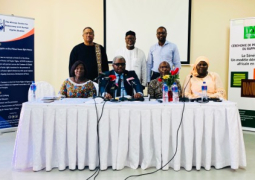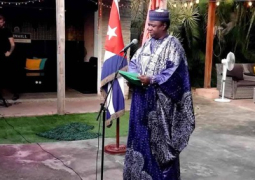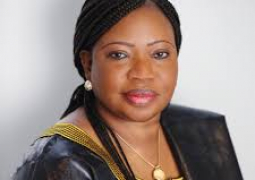This process was followed by a pilot deployment by QCELL of some sites in the Greater Banjul Area (GBA). As part of PURA’s procedures and processes for certifying and embracing new technologies, the various test for speed, throughput and latency amongst others were carried out on all the installed 5G BTS sites as well as on the move along the signal coverage paths, hence PURA therefore confirmed that the technology launched by QCELL is indeed 5G technology.
The fifth generation, commonly known as 5G wireless mobile technology, is the latest stage in the evolution of wireless technology and network design, which started with 1G, 2G, 3G, 4G and now 5G. It goes beyond 4G LTE and is expected to bring not just faster downloads and uploads but a much more flexible and responsive network.
5G has ultra-fast speeds (up to 100x faster than 4G LTE) and is highly reliable. 5G is not just about speed, but low latency of 1ms and below (the time between instructing a wireless device to perform an action and that action being completed), which will enable real-time connections and support innovative services, machine-to-machine communication, new applications, driverless vehicles and IoT devices amongst others.
The biggest difference between 5G and earlier technologies goes far beyond improving the way we use existing technology such as smartphones or game consoles. It offers greater capacity, allowing thousands of devices in a small area to be connected and communicated at the same time with good throughput.
However, for customers to experience 5G functionalities, they must have a smartphone or related devices with 5G capabilities and must also be in an area near the site where 5G coverage is available. The operator has not claimed complete national 5G coverage.




